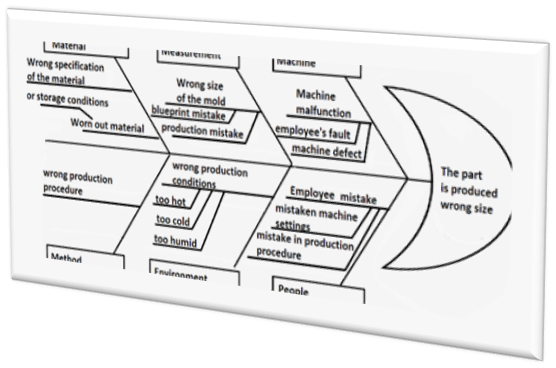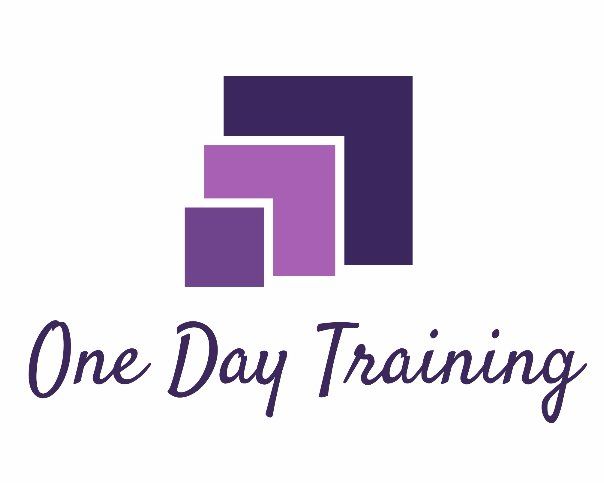Fish, Plumbing and Problem Solving

Let’s face it; we all have problems. Some are easy to solve and you have tried and true methods to solve them. Take a simple leak in the pipework coming into your property. You call a plumber who can sort out the problem. You may have done some simple analysis to check that the water is not from another source or the valve (toby) is not faulty. Once that is done you get into problem solving. The plumber can provide the best option, or in some cases the only option to solve the problem.
But what if there are more challenging problems – ones with less obvious causes and solutions?
This is where you may need to kick it up a gear and use a different problem solving technique.
One that I have had good success with is a Fishbone or Ishikawa diagram. It allows you to do a deep dive into the issue without committing to addressing only one cause. The diagram is a great thinking tool that you can do on your own or with a group of people.
Draw a horizontal line on the middle of the page. Next draw between 4 and 6 spokes from that centre line to the outer edge of the page. Next draw a circle (or fish head) at the extreme right of the page. In that circle write the problem or issue that you are facing. At the outer edge of the spokes, add a box or circle – in it write the types of causes that may be impacting the poor result or problem. Each of the spokes should be labelled differently e.g. people, process, environment, or materials could be examples.
Next comes the thinking part: for each of the spokes do some analysis and thinking about what is causing the fault or issue. List each of these down on a separate spoke.
Once you have had a chance to really do this deep dive – it may take some time and you may need to come back to it to review. Then the next step is to take a highlighter pen or red pen and mark out all the things that you can impact or make a change. Do those changes. For the things you can’t change ask for help, get in some experts, check with the boss to see if that person knows how to tackle that part of the problem.
For some examples: have a look at
For more help with management skills: contact us: carol@onedaytraining.co.nz
Graphic example from: https://thriveglobal.com/stories/fishbone-method-of-learning/
Ideas, views and other weird stuff. Search the blog:











